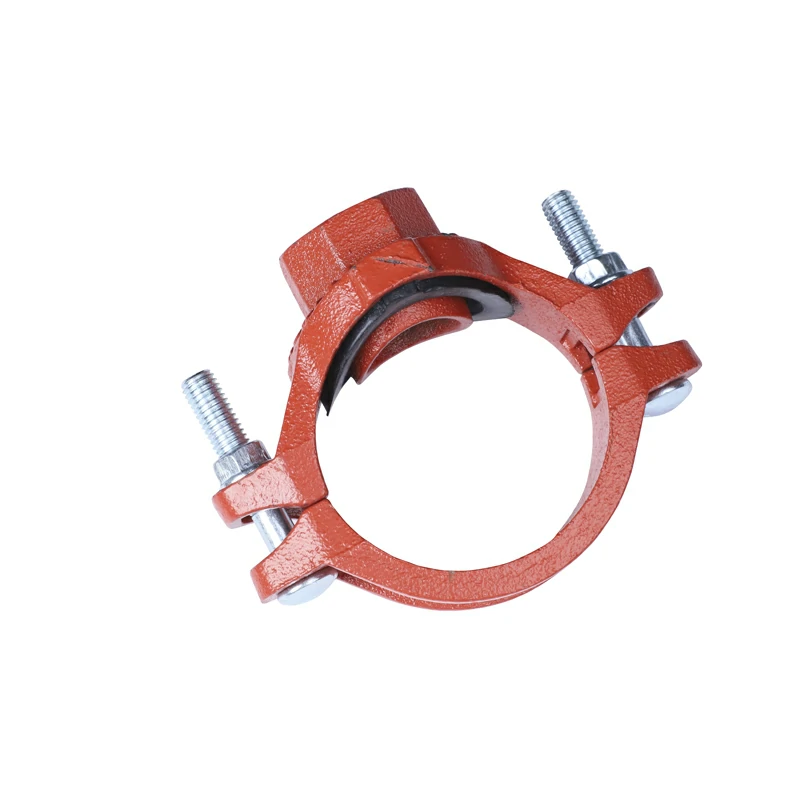Grooved mechanical tees play a crucial role in accommodating thermal expansion and contraction in piping systems. Thermal expansion and contraction occur as a result of temperature variations within the system, causing pipes to expand or contract. The design of grooved mechanical tees allows them to address these thermal movements effectively.
Here’s how grooved mechanical tees accommodate thermal expansion and contraction:
- Flexible Grooved Connection: Grooved mechanical tees utilize a flexible grooved connection between the tee and the adjoining pipes. The grooved design allows for controlled movement as the pipes expand or contract. This flexibility helps to absorb the thermal expansion and contraction without imposing excessive stress on the components.
- Axial Movement: The grooved connection permits axial movement of the pipes within the mechanical tee. As the temperature changes, and the pipes expand or contract along their length, the grooved design allows for this axial movement without causing misalignment or stress on the system.
- Angular Deflection: Grooved mechanical tees are designed to allow angular deflection, which refers to the ability of the tee to accommodate slight angular misalignments caused by thermal movements. This is particularly important in systems where pipes are subject to temperature fluctuations.
- Expansion Loops and Turns: Grooved mechanical tees can be used in conjunction with expansion loops or turns in the piping system. Expansion loops provide additional flexibility to absorb thermal expansion, and the grooved tee allows for the necessary movement without creating undue stress.
- Expansion Joints (if needed): In some cases, grooved mechanical tee especially in larger piping systems or systems with significant temperature variations, expansion joints may be incorporated along with grooved mechanical tees. Expansion joints provide additional flexibility to absorb thermal movements beyond the capacity of standard connections.
- Maintaining System Integrity: The flexibility offered by grooved mechanical tees helps maintain the integrity of the piping system. By accommodating thermal movements without imposing stress on the components, the tees contribute to the overall reliability and longevity of the system.
- Minimizing Stress Points: The grooved connection minimizes stress points that could lead to premature wear or failure. By distributing the thermal stresses evenly along the grooved interface, the mechanical tee helps prevent localized stress concentrations.
- Ease of Installation and Adjustment: The grooved design not only accommodates thermal movements but also facilitates easy installation and adjustments. This is particularly beneficial during the initial installation and any subsequent modifications or expansions of the piping system.
In summary, grooved mechanical tees are designed with flexibility in mind to accommodate thermal expansion and contraction in piping systems. The grooved connection allows for axial movement, angular deflection, and overall flexibility, contributing to the reliable and efficient operation of the system in the presence of temperature variations.
